Miscellany Mondays: The Armenian settlement of Andover and the birth of Colombo Yogurt
West Andover, Massachusetts, was a destination for many Syrian and Armenian families through the 1920s. One family, the Colombosians, introduced what is now a culinary staple to the American public.
Inspired by Substack author H.D. Miller, An Eccentric Culinary History, and his article, Drink Sour Milk And Live to be 180 Years Old, today’s Miscellany Mondays post is on the Armenian settlement in Andover. Today meet two families, the Colombosians and the Sarkesians. The Colombosian family founded Colombo Yogurt.
If you enjoy this story, please consider becoming a paid subscriber to History Buzz to receive stories delivered to your inbox twice a week.
The Armenian settlement in Andover
Armenians living in Turkey had experienced horror at the hands of what was then the Ottoman Empire for decades. The terror that would be known as the Armenian genocide began in April 1915 and continued until 1923. Hundreds of thousands of people died. Many emigrated to other countries, including the United States. West Andover was the destination for many family farmers.
The Colombosian family and Colombo Yogurt
Thank you to History Buzz team member Tom Adams for writing the first part of today’s story.
During the 1800s, Syrians and Armenians were among the French Canadian, Irish and Italian immigrants who settled in the Merrimack Valley. Many found work on area farms and in local woolen mills. Sarkis Colombosian and his wife, Rose, came from Armenia in 1922. His parents gave them a milk route as their wedding present. They called the goat and cow farm they settled the Wild Rose Dairy.
“We were just a farm in an old neighborhood. Andover was small and nothing but dirt roads and farms back then,” Sarkis’ son Bob recalled. When the farm began producing more milk than they could sell or use for themselves, they made yogurt and sold it along their milk route.
Founded in Andover in 1929, Colombo & Sons Creamery would provide many Americans their first taste of yogurt. Early batches were cooked over a wood stove using Rose's traditional Armenian recipe. Sarkis and his sons, Bob and John, filled eight-ounce glass jars by hand and delivered them, first by horse-drawn wagon and later, by pick-up truck. The original route sold to neighbors and local grocery stores in Lawrence and Boston.
Fire damaged the Colombosian's farm in 1939. Soon after, a new house with expanded production capacity was built on Argilla Road.
By 1940, the company was distributing their yogurt throughout New England. As the health benefits of yogurt became more widely known over the following decade, the industry boomed.
Sarkis Colombosian died in 1966. Bob and John stepped in and ran the business. By 1971, Colombo ranked fourth in the nation behind Yoplait, Dannon and Breyers. It was the best-selling plain yogurt in America. Colombo established itself, too, as the largest player in the burgeoning frozen yogurt market. To keep up with demand, they built a much larger production facility in Methuen.
Strong industry growth, however, quickly introduced new competitors with deep pockets. The company realized it didn’t have the capital to compete.
“I didn’t have enough money to keep (the business) in the family. I decided to sell it so the business could grow," Bob reflected.
Eventually the company was sold to a French company in 1977 and then to General Mills in 1993. General Mills halted production of Colombo yogurt in 2010 in order to concentrate on its Yoplait brand. Then 84 years old, Bob Colombosian was saddened by the decision, saying that.
“It was the worst thing … to drop the brand, the oldest in the United States. It is a big part of my life,” he said. “It is all of it, really.”
Bob passed away in April 2018 leaving a wide and enduring footprint. Beyond feeding the country’s collective appetite, putting Colombo products on our supermarket dairy shelves and being an early part of what today is an $80 billion industry worldwide, he developed several other successful enterprises.
Bob was also a renowned modified sports car driver competing at raceways throughout the Northeast United States and Eastern Canada. Bob’s racing accomplishments included a Top 10 finish at the prestigious 1960 Watkins Glen Grand Prix and reigning for many years as the New England champion.
In his heart, Bob believed fervently in giving back to the community and spent much of his lifetime doing so. Bob served his church and volunteered for 15 years at Lawrence General Hospital, retiring on his 90th birthday. He was a generous Bentley University benefactor and supported several Armenian causes. Fittingly, in 2004 Bob received a proclamation by Massachusetts Governor Mitt Romney, was recognized by Boston Mayor Thomas Menino, and was awarded a key to the town of Andover for his many civic contributions.
The Colombosian family grave monument is located in Spring Grove Cemetery, never far from the business they nurtured, grew and loved.
The Sarkesian family
Ovegen and Rose Sarkesian escaped Turkey and came to America around 1915. They bought a farm in west Andover that ran alongside farms owned by 4 or 5 other families all from their same hometown. The Armenian farms became a very important part of the Andover we know today.
Ovegen’s son Sarkis Sarkesian talked with the History Center about how hard life was for his parents and their generation of farmers. Sarkis recalled the men shoveling snow from the streets, working for the WPA and in Andover’s factories all while maintaining their farms.
A short clip from an oral history conducted with Sarkis Sarkesian in 2014.
Like much of New England, Andover was once a farming community, and as recently as the 1930s there were 130 farmers in Andover. As much as we might mourn the loss of Andover’s farms, farming was a hard way to earn a living. Sarkis Sarkesian and his generation worked to send their children to college rather than into farming. Today, there is just one working farm left in Andover.
Works Progress Administration
Andover’s Armenian Settlement had national recognition. In 1941, the Federal Works Progress Administration sent out a famous photographer, Jack Delano, to document the settlement. Those photographs are now in the collection of the Library of Congress.
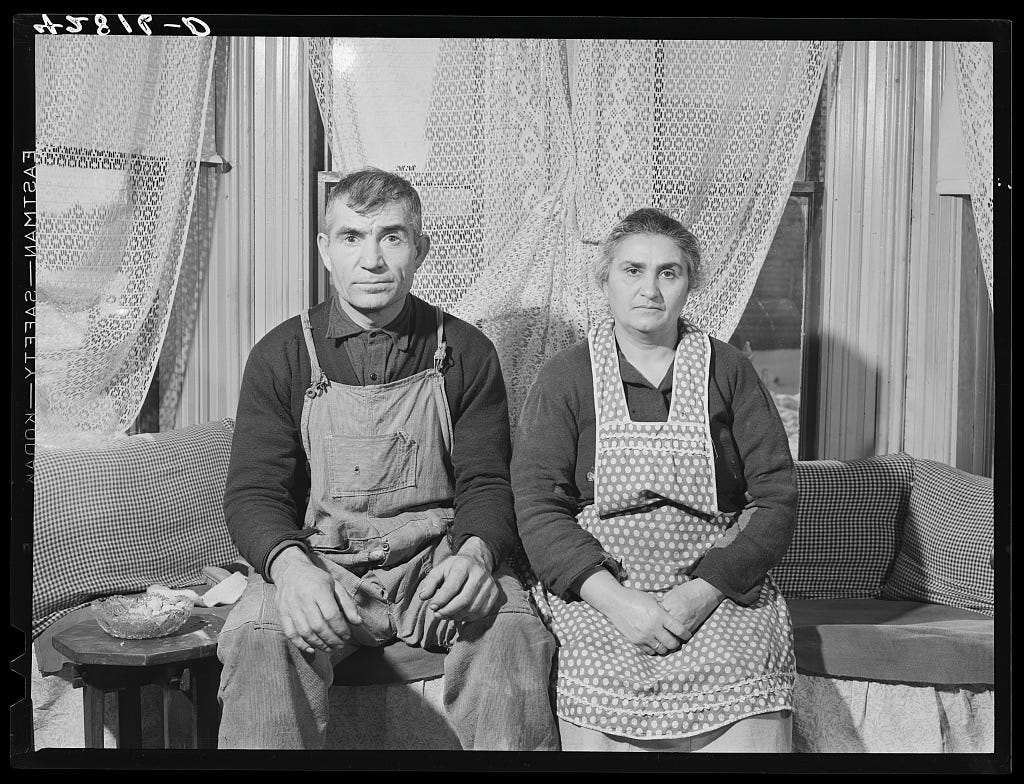
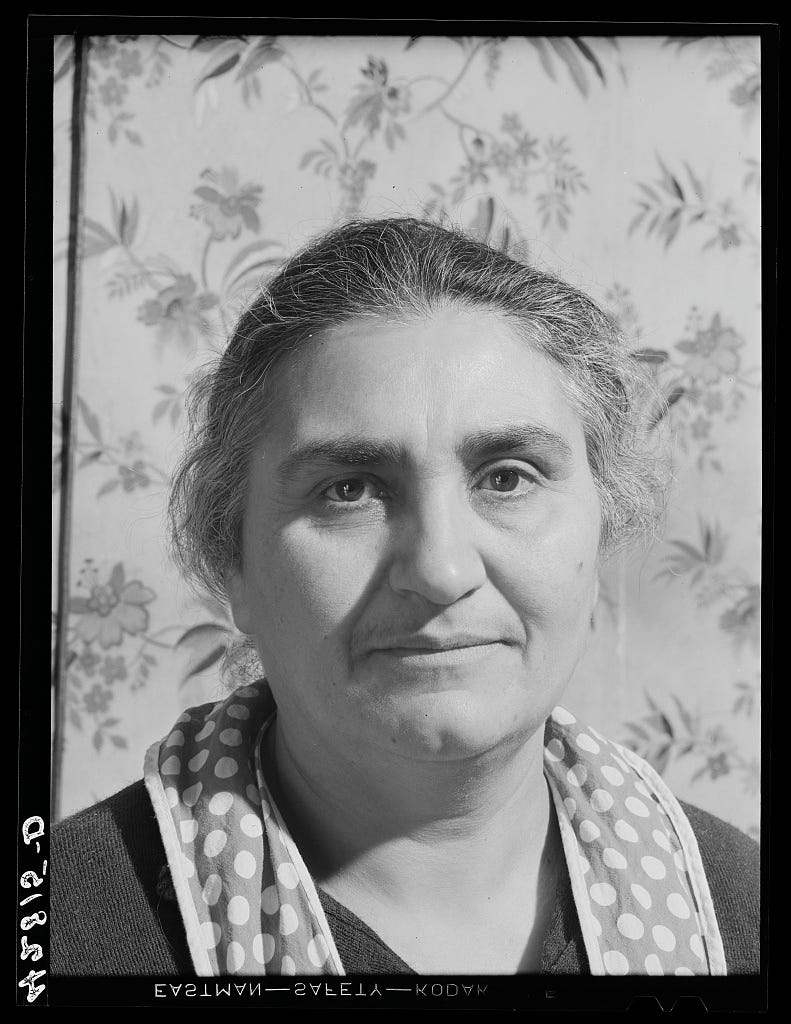
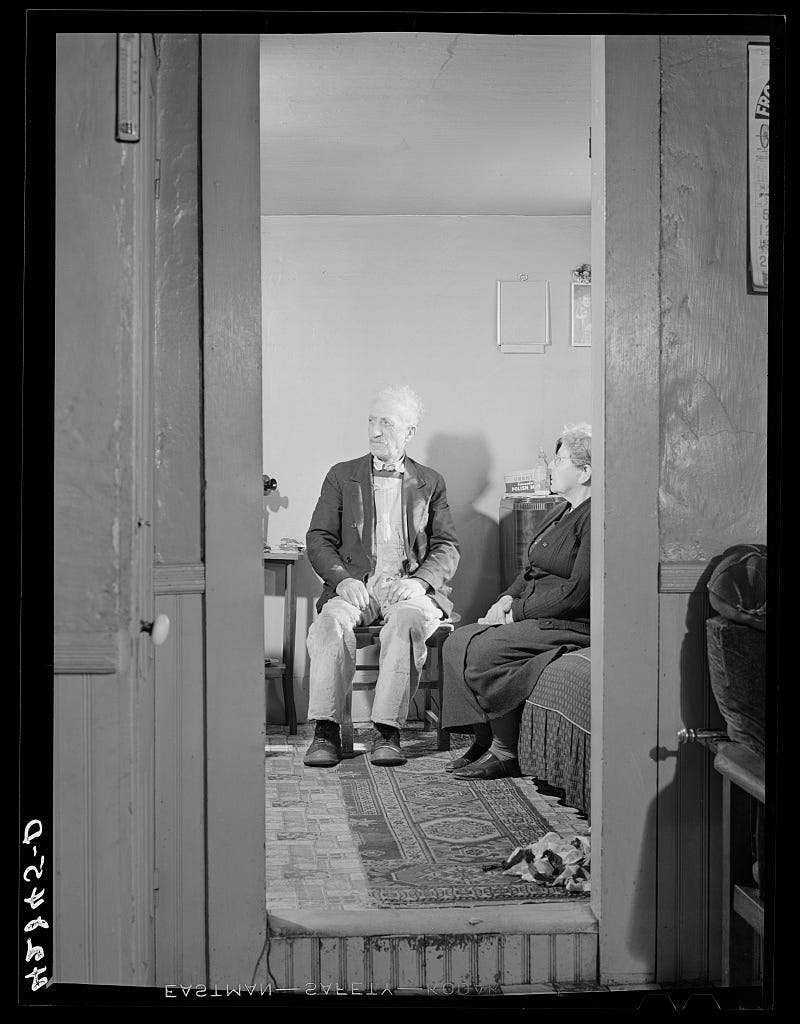
Thanks for reading! I hope you enjoyed today’s story. Please like, comment, share, and - if you can - become a paid subscriber to History Buzz. Not only will your subscription support the research and writing that makes History Buzz possible, in the coming weeks you’ll also have access to special subscriber-only content.
~Elaine


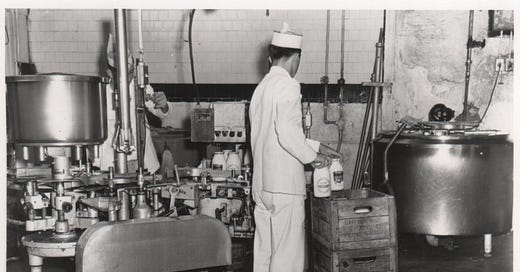


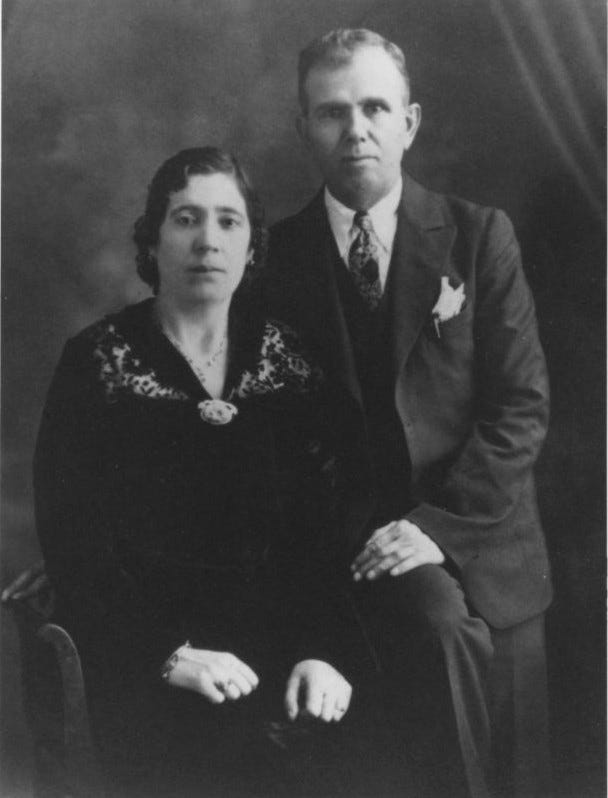

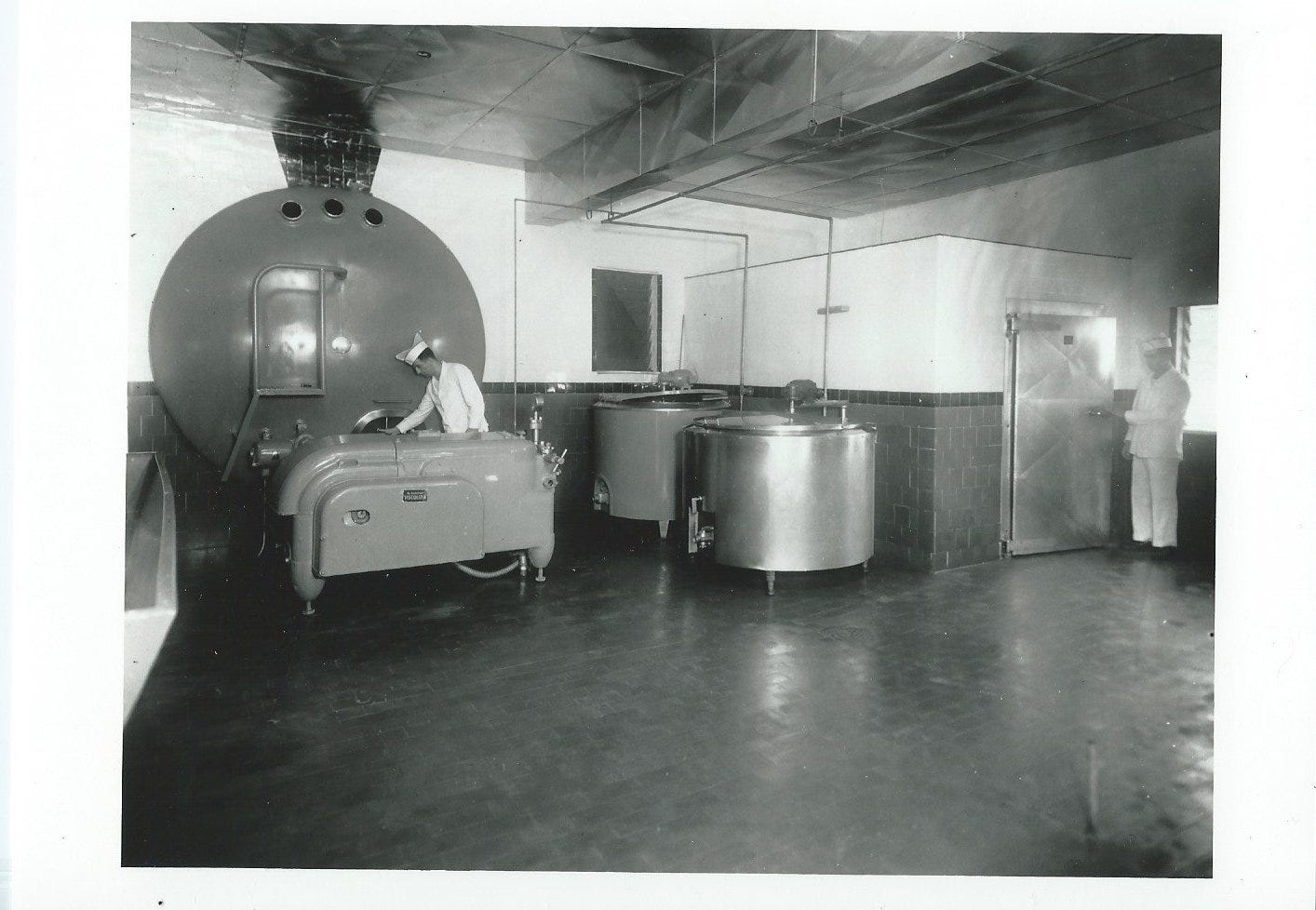
An informative post. We (my family) used to buy colombo yogurt until it disappeared from store shelves. I will check out Delano's photographs in the library of congress.